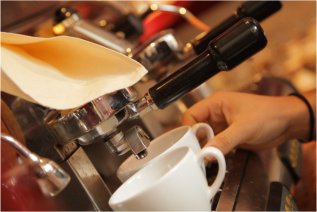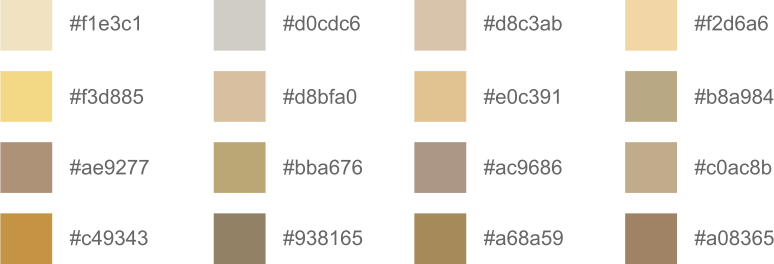Two sugars or one?
 Published: 2018-02-05
Published: 2018-02-05
With office coffee making facilities seemingly getting fancier (and overly complicated) by the week, does it mean that the very British ‘doing a quick round of tea’ will fade away? Tea in an office used to be the safe bet, but it has been a while since a client has suggested avoiding the coffee as it tastes like mud.
The unwritten etiquette of making a round of tea for your team used to be as religiously respected as buying rounds in a pub. Theoretically, it should save you time over the course of the day – make one big round for ten people, but then get nine ‘free’ cups throughout the rest of the day. However, with so many variations on coffees, herbal or decaffeinated alternatives, the thought of doing a big round seems somewhat daunting. But making a round of drinks can be more team bonding than building a raft out of barrels, and making tea for someone is a way to get on their good side, too.
But what does your tea-pimping preference tell us about you as a person? It seems that all sorts of studies have been done in this area such as one by The Grocer around preference for sugar in socio-economic groups (36% in ‘DE’ vs 26% in ‘AB’). Their study also found that women are more likely to shun a sugary brew compared with their male counterparts.
Maybe MANTA should start collecting this data and then we could study sugar preference based on departments, salary ranges and job titles. But when the experts are attributing added sugar to the obesity epidemic, then maybe this is not a good area to concentrate on.
I came across a fun tea colour chart (www.tea-chart.co.uk) that I have seen variations of on many an office kitchen’s wall. The amount of milk and steep time is often highly subjective.
A slight adaptation of the colour chart is presented here with RGB Hex codes for the more technically inclined:

MANTA has the ability for clients to create custom fields against a user’s profile, these can be used to store a variety of data types; such as text, dates, dropdown menus or binary Yes/No answers. An undocumented feature of them is that if you set a field to a text data type and the data that is entered is a Hex value, eg. #FFF or #5D3EAA, then MANTA will render this in colour:

Maybe in the future with enough data, MANTA will be able to predict how you like your tea? In the mean time though, anyone for a cuppa?